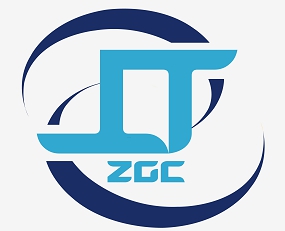About ZGCTA
ZGC Global High-Level Think Tank Alliance (ZGCTA), a multilateral exchange and cooperation platform approved by Beijing Municipal Science & Technology Commission, Administrative Commission of Zhongguancun Science Park, was initiated by Beijing Academy of Science and Technology (BJAST) and jointly established with high-level think tanks from China and overseas. With the aim of gathering global wisdom and serving innovative development and the vision of building a community with a shared future for mankind driven by global wisdom, we endeavor to build exchange platform, conduct cooperative research, serve social development and promote cultural exchange, aiming to advance collaborative innovation capacity among global think tanks, enhance mutual trust among civilizations and promote the common development of the human society.
Up to now, ZGCTA consists of 6 types of think tanks including comprehensive think tanks, S&T think tanks, economic think tanks, industrial think tanks, publishing media think tanks and enterprise think tanks. Powered by significant technological and intellectual resources in the field of science and technology innovation and industrial development, we provide quality services related to science and technology such as policy consultation, conference & exhibition, S&T exchange, project matchmaking and S&T training for innovative entities including governments, economic and technical development zones, high-tech parks and enterprises.
Alliance Logo

Design Concept
ZGC Think Tank — A platform for high-level dialogues
The designer extracts two “T” letters from the English phrase “Think Tank” and the initials “ZGC” from "Zhongguancun" as main design elements. Then, the two “T” letters are placed upside down to each other to produce a visual reversal effect forming a dialogue box in the middle which points to the letters "ZGC", which represents high-level dialogues created by the exchanges of the global academic brainpowers relying on the Zhongguancun platform. It further indicates the ZGCTA’s purpose to promote the collaboration and cooperation of global wisdom.
“Belt and Road” Initiative —Rally the strength of joint efforts at home and abroad
What goes around this “high-level dialogue” are ribbons of the Flying Apsaras and tracks of camels, which are elements closely related to the “Belt and Road” Initiative. The abstract lines of ribbons and tracks are crossed and intertwined, finally converging in the center, indicating that the “Belt and Road” Initiative is the core development plan and further embodies the cohesion of multi-party wisdom.
Chinese Traditional Culture —“Yuan (Round)” and “Fang (Square)”
The overall appearance of the logo features curves (Yuan) outside and a square (Fang) inside. The ancient Chinese people believed that the sky was round and the earth was square, so “Yuan Fang” was an alternative word for the world. Yuan means “adjust to the occasion or follow the trend of the times” in China’s Taoist philosophy; while Fang is an ideal state of personality cultivation for the Chinese Confucians, which is elaborated in the ancient Chinese saying “One’s wisdom shall be profound (Yuan Dao), and one’s deed shall be fair-minded (Fang Zheng).” The Yuan and the Fang are mutually compatible, just like the relation between the Confucianism and Taoism, which constitute the main spirit of Chinese traditional culture.
